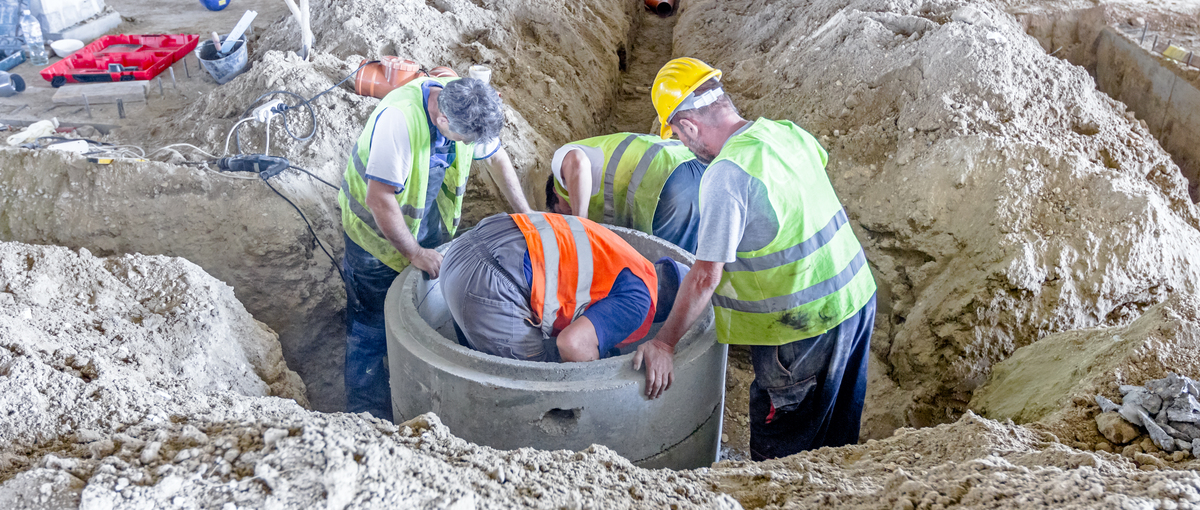Before You Enter A Confined Space: 5 Things To Consider
Before You Enter A Confined Space: 5 Things To Consider
March 9, 2023 |
Although confined spaces are integral in the operation of different firms, they also bear numerous hazards for entrants. Ideally, they are not meant for lengthy or continuous occupancy. The limited amount of space in the confines tends to limit the amount of oxygen supply. That increases the likelihood of suffocation for entrants in confined spaces.
The number of fatalities and injuries linked to confined spaces keeps on ballooning. There are several explanations as to why confined space entry can be fatal including the failure of workers as well as their employers to control, plan and recognize potential hazards available in the enclosed workspaces. Apart from that, many incidents stem from inadequate monitoring, evaluation, and testing of the confines.
Essentially, many business owners and their employees fail to adhere to the topmost safety measures related to confined spaces. Even so, there are certain attributes that employees or entrants to the enclosed spaces should be familiar with. Read on for an exclusive breakdown of the factors to consider for seamless confined space entry.
Communication
Most entrants of confined spaces tend to overlook communication when it is the most important element of safety. Before getting into an enclosed space for work, you need to ensure that there is clear and seamless communication between the entrant and the team outside.
In this manner, it is easier to assist the entrant in case of an emergency. Ideally, there should always be a trained attendant outside the confined space to look after the entrant of the confined space. That aside, there are different ways to facilitate communication between the employee within the confines and the people outside. Wireless systems are the best in this case.
Rescue Plan
Before sending an employee into the confines, you should also ensure that there is a sound rescue plan in place. The plan should include well-trained experts equipped with the right equipment that can help to retrieve an injured entrant.
Most fatalities that happen in confined spaces are linked to rescuers. Therefore, the rescue team needs to conduct drill exercises regularly. In addition to that, the rescuers should be familiar with the hazards present in the enclosed working places. They should be equipped with the right protective equipment to facilitate the extraction without harming themselves. Most importantly, the rescue plan should be followed to the letter in the event of an emergency.
Conditions in the Confined Spaces
Your employees should only step into confined working spaces after determining the prevailing conditions within the confined spaces. They should know the depth of the enclosed spaces as well as the potential hazards that exists in them. Along with that, it is vital to ascertain the structural integrity of the spaces.
Finding out about the conditions within confined spaces helps to mitigate the risk of flooding, entrapment, and engulfment. Other than that, getting familiar with the environment in the spaces will help the entrants to know the kind of protective gear that will contain the hazards.
Equipment Function
Entrants of confined spaces depend on different equipment to navigate enclosed workspaces and perform their duties. That is why they need to check if their equipment is in good working order. Faulty equipment will put their safety at risk. Additionally, the entrants of confined areas might need personal protective equipment like gloves and gas masks.
They should thoroughly assess them in a bid to ensure that they are optimally functional to keep them safe in the confines. In the same manner, proper care and maintenance of the equipment after use helps prolong them and get them ready for subsequent use.
Lighting
A huge chunk of confined spaces does not feature overhead lighting. That can be a huge setback for the entrants. Not only will it inconvenience their capacity to carry out their tasks in the confines by also increase the risk of accidents.
Hence, entrants of enclosed spaces should find out if there is sufficient lighting before accessing them. Otherwise, they are prone to slipping, tripping, or falling. If there is no lighting in the confines then the entrants will have to use alternative light sources for seamless navigation.
Bottom Line
Confined spaces host a wide range of hazards for entrants. Therefore, before getting into these spaces, employees should find out about the aforementioned attributes to enhance their safety and perform their tasks successfully.
